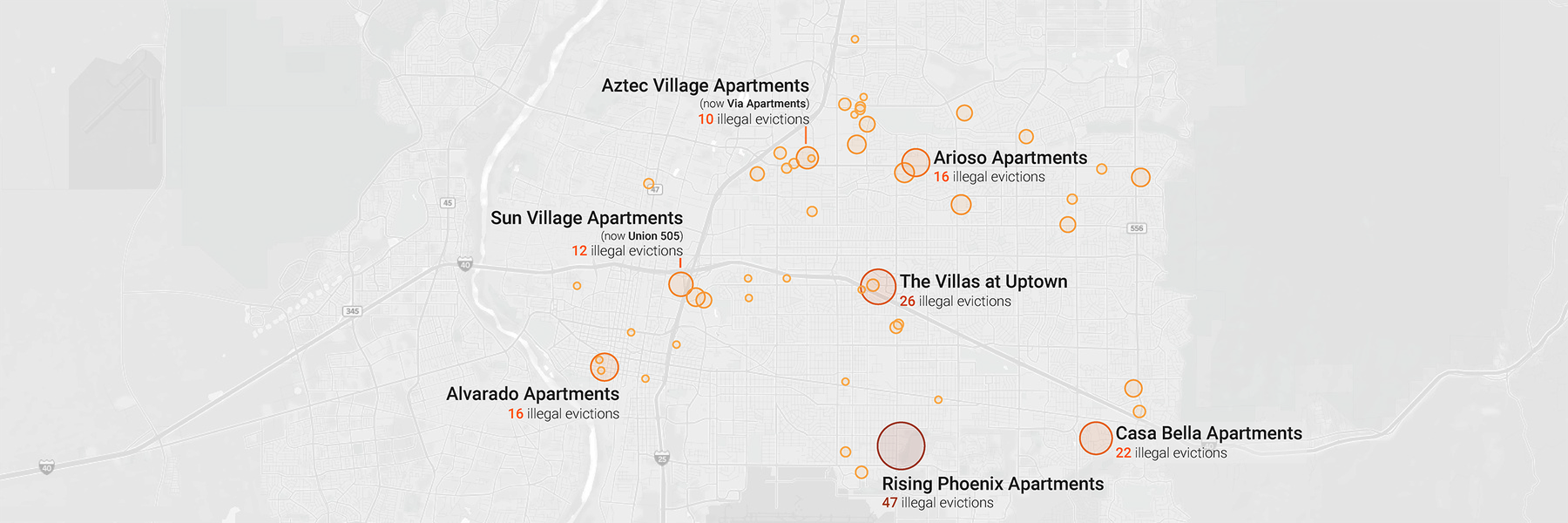Maternal mortality is a growing issue in the United States, especially rural maternal health, because women are more likely to die during childbirth if they live in rural places, for a whole host of reasons. Hospitals are harder to reach, and less likely to have labor and delivery services, and women who live in rural places are more likely to be in worse health.

However, there’s very little centralized information on any maternal deaths. ProPublica reported on the many reasons why no one knows how many women die in pregnancy-related deaths in the United States:
Yet because of flaws in the way the U.S. identifies and investigates maternal deaths - a process perennially short on funding and scientific attention - what data exists on this particular set of vital statistics is incomplete and untrustworthy. Indeed, for the last decade, the U.S. hasn’t had an official annual count of pregnancy-related fatalities, or an official maternal mortality rate — a damning reflection of health officials’ lack of confidence in the available numbers.
MuckRock asked all 50 states for a copy of the data frame that they use to track pregnancy-related deaths, in order to figure out if every department is using a similar system, or even tracking the same information. Spoiler alert: they’re all doing their own thing.
South Carolina, which has a higher maternal death rate than the national average, replied to our request that they do not have any responsive documents. Does this mean that they aren’t tracking maternal deaths?
North Dakota denied the request - first they said that information related to deaths is not subject to public records laws, and later said that even the data fields without any data attached are still confidential.
Nebraska’s health department told us that they don’t currently track that information, but they’re in the early stages of implementing a system for doing so.

Several states, like New Mexico, sent us back the death certificates they use, which have a checkbox for whether the deceased was pregnant or recently pregnant.
Whether this means that this is the only system that have for tracking maternal deaths is unclear.
Find your state’s policies via the map below.
- Small Red - No Responsive Documents
- Large Red - Rejected
- Small Yellow - Awaiting Acknowledgement
- Large Yellow - Awaiting Response
- Small Green - Partially Completed
- Large Green - Completed
If you’re a local reporter interested in pursuing stories on maternal health or rural maternal health, and you’d like to use public records to do so, send us an email explaining what you’d like to find out, and we might be able to set you up with some free requests.
Image by bidgee via Wikimedia Commons and is licensed under CC BY-SA 3.0




